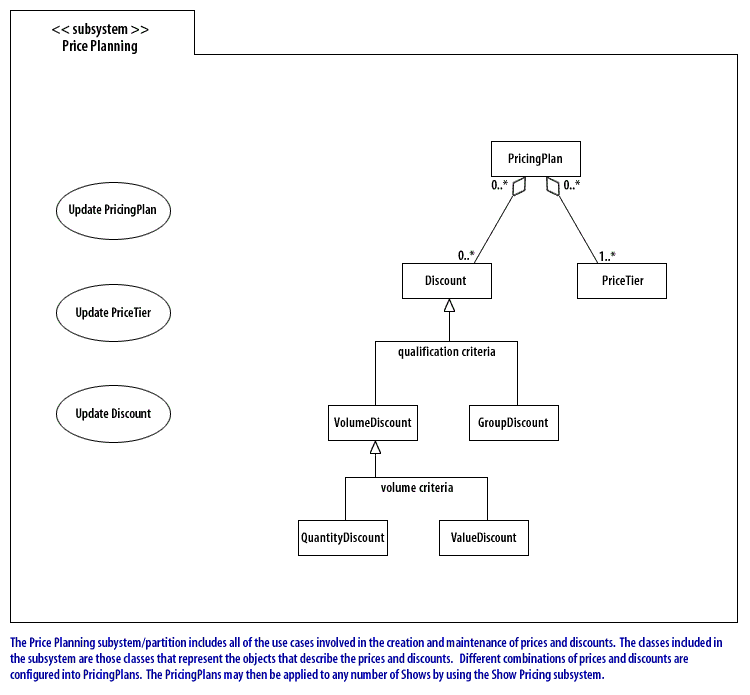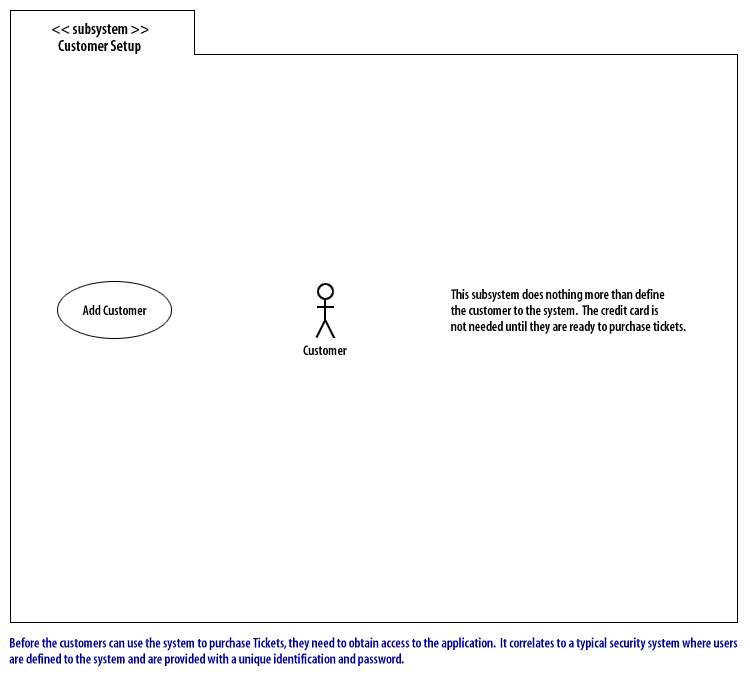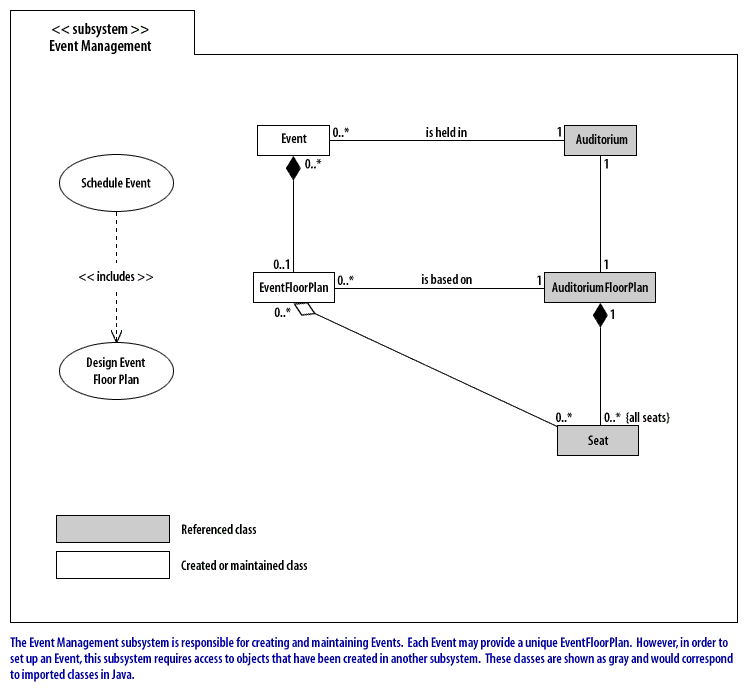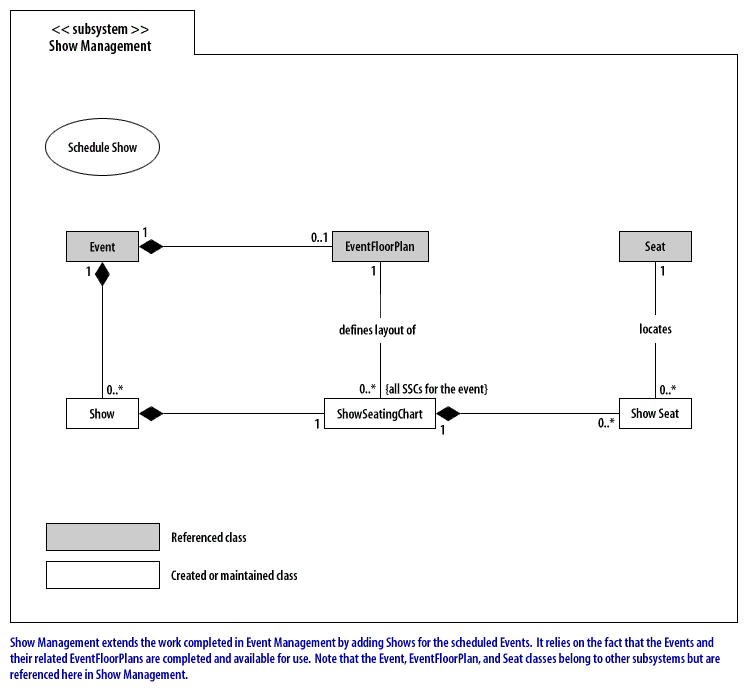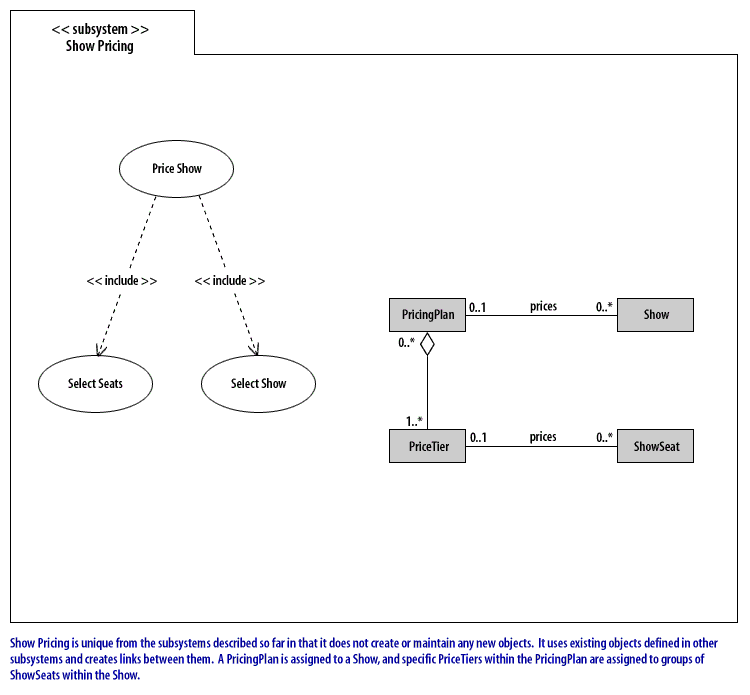Object Model Domain Partitioning - Exercise Result
You entered:Allocate classes to domain partitions
The object model is used to allocate classes to "domain partitions" by organizing and grouping related classes based on their responsibilities, roles, and relationships within a specific domain. Here’s how this is typically achieved:
By organizing classes into domain partitions, the object model enables better modularity, maintainability, and scalability in system design. This approach also supports clear boundaries, making it easier to extend or modify specific parts of the system without impacting unrelated domains.
- Identify Domain Areas: The object model starts with understanding the business or application domain. Key areas or modules within the domain are identified, often representing major functionalities, features, or workflows. For example, in a university management system, "Student Enrollment," "Course Management," and "Faculty Management" could be separate domain areas.
- Class Allocation Based on Responsibilities: Classes are allocated to domain partitions based on their primary responsibilities. Each class is analyzed for what it represents in the domain (e.g., a "Student" class, "Course" class, or "Faculty" class) and is assigned to a domain partition that best matches its core purpose. This helps maintain separation of concerns and makes each partition easier to manage.
- Encapsulation of Related Behavior: The object model encourages encapsulating related behaviors and attributes within classes. Classes that interact frequently or depend on each other to fulfill a specific functionality are grouped within the same domain partition. This grouping minimizes dependencies across partitions and ensures that related behaviors are contained within a single domain area.
- Hierarchical Relationships and Inheritance: Domain partitions are sometimes structured hierarchically to represent inheritance or specialization relationships. For example, if there’s a generic "Person" class that both "Student" and "Faculty" inherit from, all three might belong to a "People Management" partition, with each subclass handling specific behaviors related to its type.
- Associations and Dependencies: The object model represents associations and dependencies between classes using relationships (such as aggregation, composition, and association). These relationships help determine which classes should be within the same partition or linked across partitions. Classes with strong dependencies on each other are often placed in the same partition to reduce coupling across domains.
- Domain-Specific Rules and Constraints: The object model incorporates domain-specific rules, constraints, and policies, which influence how classes are grouped. For instance, in an e-commerce domain, "Order" and "Payment" classes might be placed in the same partition to ensure that payment processing rules and order handling are managed within a single cohesive module.
- Reuse and Flexibility: Domain partitions created in the object model are often designed with flexibility and reusability in mind. Classes that have cross-domain applicability or are utility-based (like "Logging" or "Notification") are placed in their own shared partitions to allow reuse across multiple domain areas without redundancy.
By organizing classes into domain partitions, the object model enables better modularity, maintainability, and scalability in system design. This approach also supports clear boundaries, making it easier to extend or modify specific parts of the system without impacting unrelated domains.
Recommended solutions for the assignment of classes in the object model to the domain partitions are slided below.
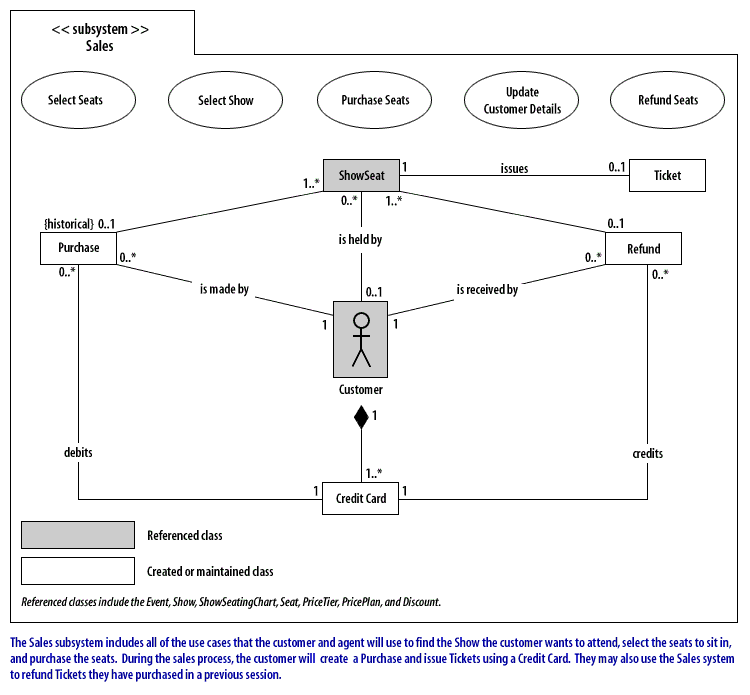
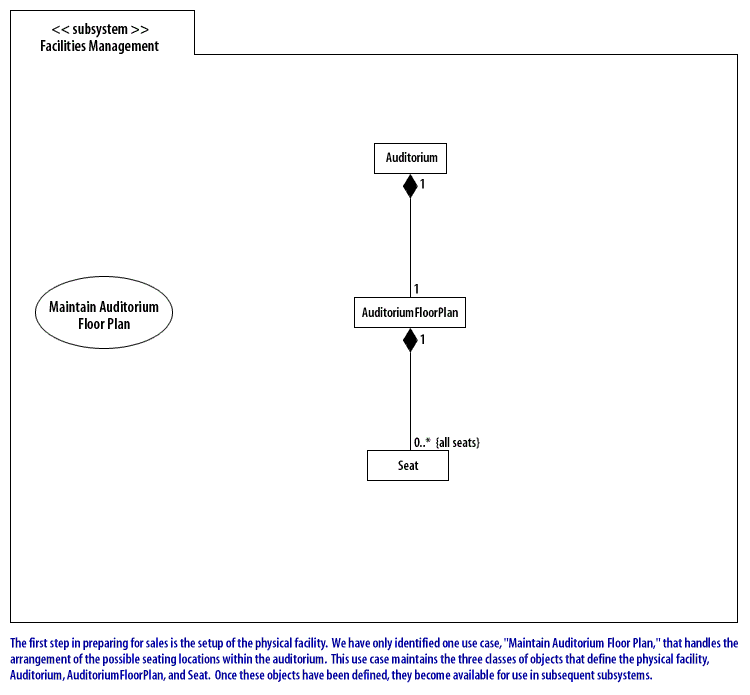 <
/amp-img>
<
/amp-img>
